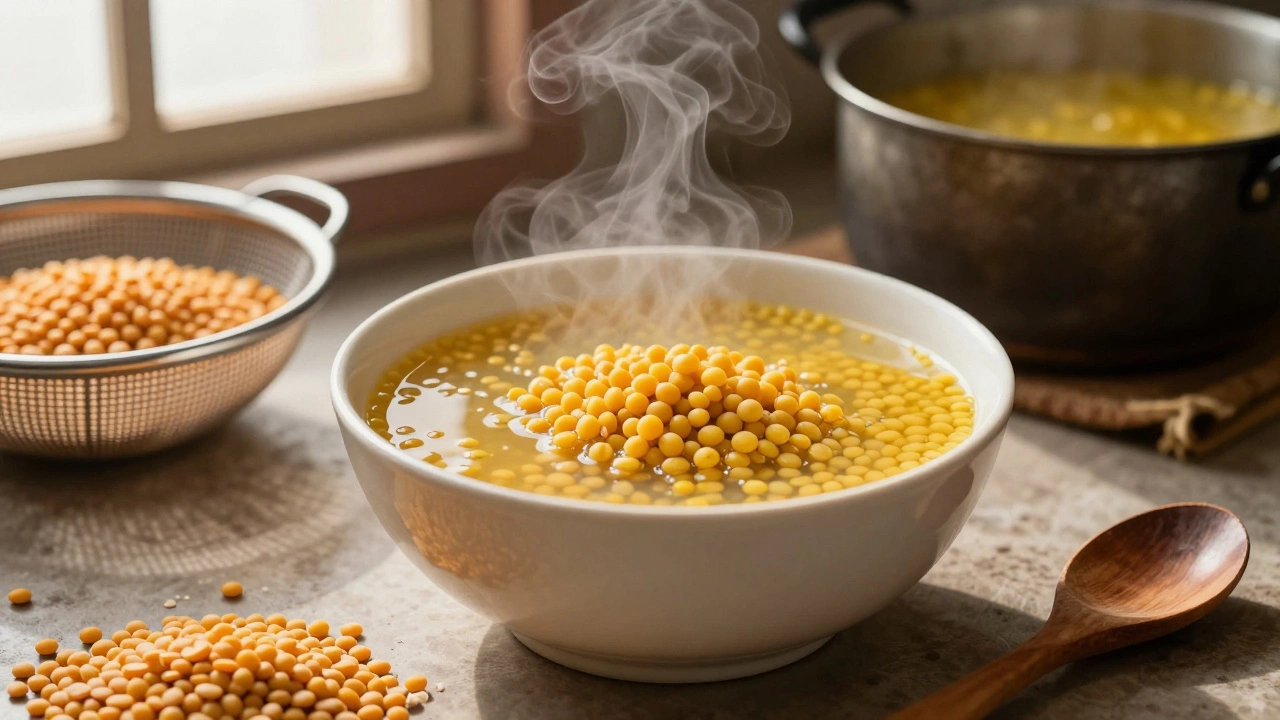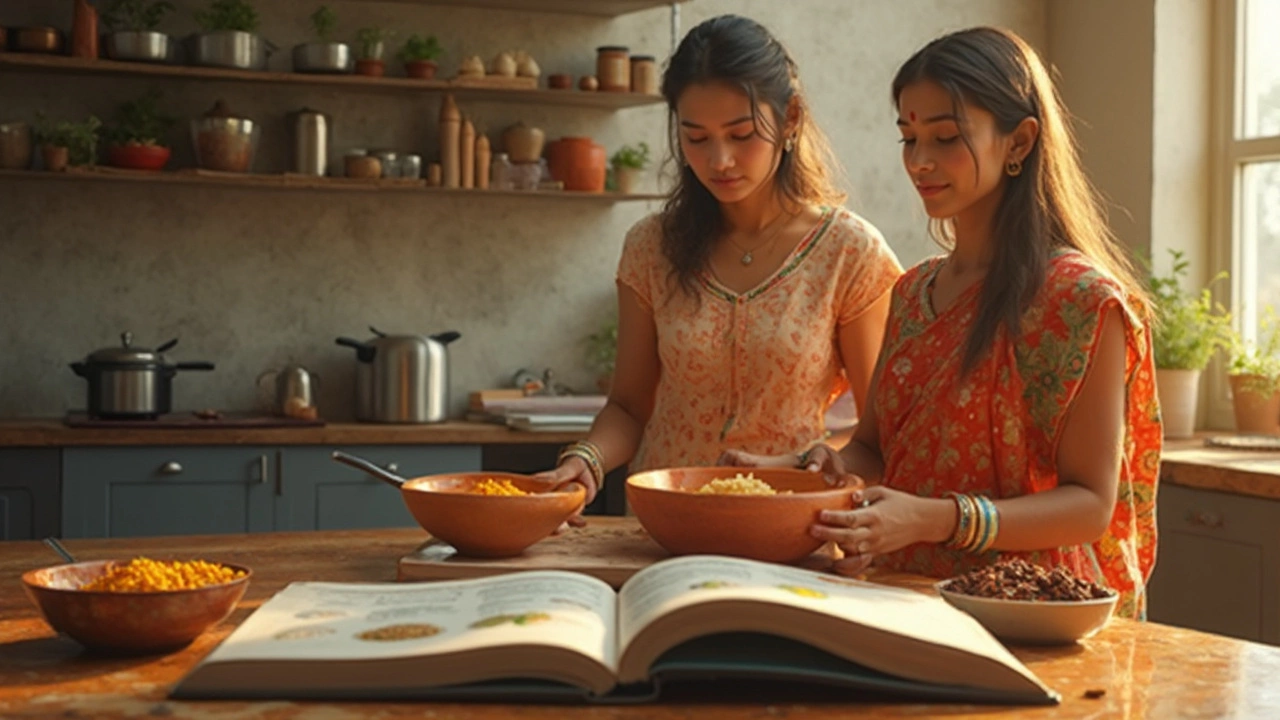Dal Cooking Tips: Get Fluffy, Flavourful Lentils Every Time
If you’ve ever stared at a pot of mushy dal and wondered why it never turns out right, you’re not alone. The good news is that dal doesn’t need a culinary degree – just a few smart moves. Below are the most practical tips you can start using right now, whether you’re cooking toor, moong, or masoor.
Prep Like a Pro: Soak, Rinse, and Sort
First thing’s first: give your dal a quick rinse. Rinse under cold water until the water runs clear – this washes away dust and excess starch that can make the final dish gummy. Next, soak the lentils for 15‑30 minutes. Soaking does two things: it cuts down cooking time and helps the dal stay intact. If you’re in a rush, a quick‑soak in hot water for five minutes works too, just remember to adjust the cooking time a bit shorter.
Water Ratio and Cooking Method
The classic rule is 1 part dal to 3 parts water for most varieties. For red lentils (masoor), use a 1:2.5 ratio because they break down faster. Start with a rolling boil, then lower the heat to a gentle simmer. A lid‑on simmer traps steam, cooking the dal evenly. If you prefer a thinner consistency, add a splash of water halfway through; if you like it thick, let more water evaporate.
Salt is a sneaky ingredient. Add it only after the dal is mostly cooked. Adding salt too early tightens the lentil skins, making them tougher. Wait until the dal is soft, then stir in your pinch of salt and any other seasonings.
Want that restaurant‑style shine? Finish with a teaspoon of ghee or a drizzle of oil. The fat coats each grain, giving a glossy look and richer mouthfeel.
Seasoning: Timing is Everything
Temper your spices for maximum flavor. Heat oil or ghee in a small pan, toss in mustard seeds, cumin, and a couple of dried red chilies. When they start to pop, add aromatics like ginger, garlic, and curry leaves. This quick “tadka” (tempering) releases essential oils that infuse the dal instantly. Pour the hot tempering over the cooked dal and stir. If you like a deeper spice profile, add ground turmeric, coriander, and garam masala during the simmer stage.
For a tangy twist, stir in a splash of lemon juice or a dollop of tamarind paste right before serving. The acidity balances the earthiness of the lentils and brightens the whole dish.
Quick Fixes and Common Mistakes
Got a pot of dal that’s too thin? Let it simmer uncovered for a few more minutes; the excess water will evaporate and the dal will thicken. If it’s too thick, simply whisk in a little warm water or broth until you reach the desired consistency.
Burnt bits at the bottom are a sign of too‑high heat. Keep the flame low once the dal reaches a boil, and stir occasionally to prevent sticking. A stainless steel pot works well, but a heavy‑bottomed Dutch oven or pressure cooker can make the job easier.
Finally, don’t discard the cooking liquid. It’s packed with nutrients and can be repurposed as a base for soups, stews, or even a flavorful broth for rice.
With these dal cooking tips in your kitchen toolkit, you’ll serve up perfectly cooked lentils every single time. Grab a bowl, add your favorite veggies or a side of rice, and enjoy the comfort of a wholesome, home‑cooked meal.
Why Soak Dal Before Cooking: The Simple Trick for Better Digestion and Faster Cooking
Soaking dal before cooking cuts cooking time in half, improves digestion, and makes it taste better. Learn why this simple step makes all the difference in your everyday dal recipes.
What Happens If You Don't Soak Dal? Real Kitchen Answers
Ever wondered if soaking dal is really necessary? This article covers what happens when you skip the soak, how it changes your cooking time, flavor, and texture, and what it means for digestion. You’ll find real-life tips for busy days and ways to get tasty dal without waiting hours. Learn the science behind soft dal and get answers to kitchen shortcuts that save time.

